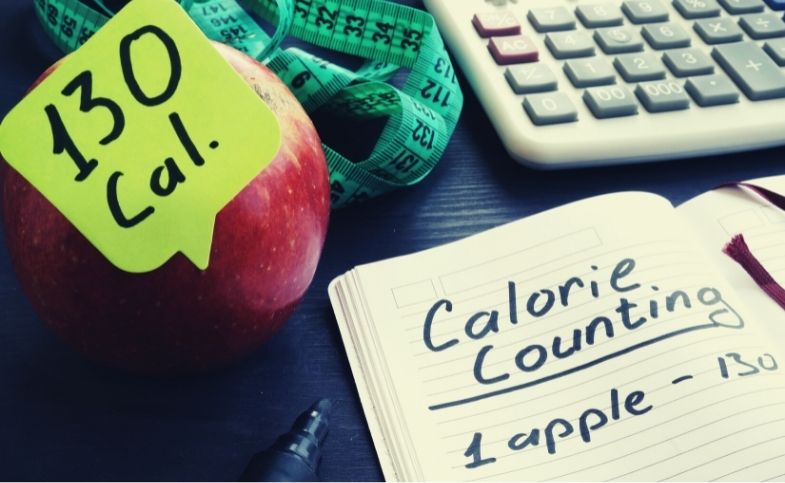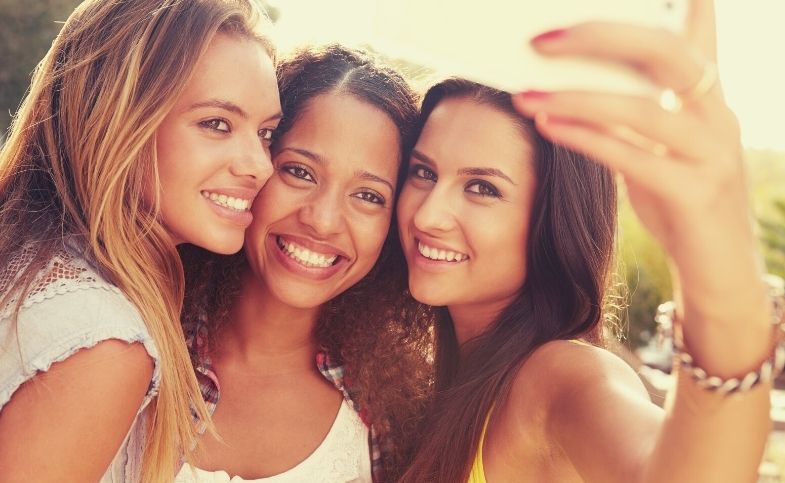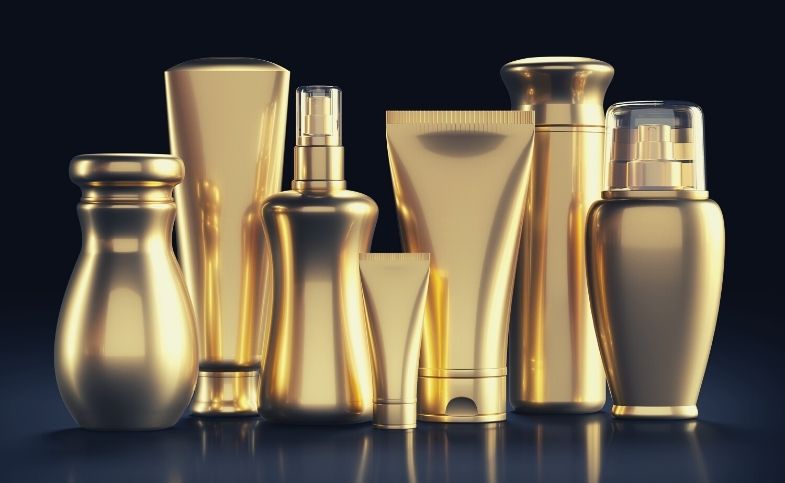This is the year to think about your relationship with “wish-cycling,” with words like “circular” and “climate-positive” swirling around the finest sustainable beauty companies of 2022 (not to mention studies that 76 percent of consumers are now seeking for sustainable products). You may already be doing it if you haven’t heard the word. Mia Davis, Credo’s VP of impact and sustainability, describes it as “throwing items in the curbside bin and hoping for the best.”
However, the issue begins well before your wish-cycling. “Brands and municipal recycling facilities don’t always provide guidance, and a lot of plastic beauty packaging doesn’t even have a resin identification code on it,” Davis adds, noting that 120 billion units of cosmetics packaging were created worldwide in 2018. “Most beauty products are packed in plastic—consider how many plastic compacts, lipsticks, squeezable tubes, jars, lids, and pumps there are—but only approximately 9% of plastic is recycled.”
When the rest is cremated, landfilled, or discarded, and customers call for Big Beauty to acknowledge and rectify its role in this wasteful cycle, industry experts are responding in a variety of ways. According to Credo’s Sustainable Packaging Guidelines, brands must provide customers with clear disposal instructions and eliminate single-use packaging. Sheet masks, cosmetic wipes, treatment pads, and tiny sample packages are no longer available (an industry first, according to Davis).
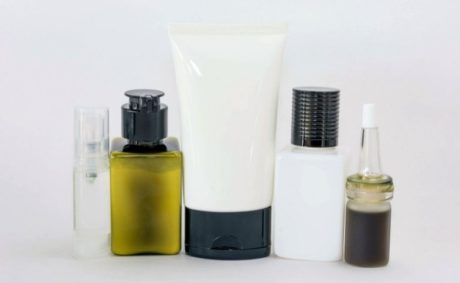
When elements like production processes, clean energy, harvesting techniques, and ingredient sourcing all play into a quest to change wastefully or unethical behaviors, packaging isn’t the only thing that makes a product circular or conscious. Even introducing a refillable option for difficult-to-recycle categories is a positive move. Teams reuse and refill vessels at Krigler Perfumes’ brick and mortar facilities, for example.
“Ship or bring back empty bottles and we can recycle them—and our stores are also trained to refill bottles,” says Ben Krigler, fifth-generation perfumer for the storied house worn by American royals such as Grace Kelly, Jackie O., and John F. Kennedy. They’ve also taken into account a circularity gap in one lucrative category: “Our scented candles are eco-friendly,” explains Krigler.
“We can also refill them for our clients—with the same scent or a different one.” If premium firms are thinking long term, the hope is that it will become popular shortly.
Below is a list of products that are taking tiny and significant steps toward a more sustainable future:

Chanel’s new N°1 De Chanel Revitalizing Cream is constructed of 95 percent natural components for the French house’s recently introduced eco-friendly approach to beauty. Each component of the new bio-based packaging is clearly labeled, such as a refillable glass container and a cap made of biocomposite from Camellia husks and wood by-products.

Augustinus Bader’s eye cream, which is high in vitamin C and niacinamide and comes in a 100 percent recyclable tube, is made with sustainably derived botanicals and bio-engineered actives. Even the recyclable box is constructed from plant fibers that are renewable. For a completely simple aesthetic approach, place it in its ceramic base or simply carry it on its own.
An environmentally friendly option Waterless shampoo components function just as well when activated in the shower, thanks to their smaller container and shipping footprint. Viori (of TikTok rice water fame) keeps track of how many (nearly 3 million) plastic bottles they’ve recovered from the ocean, as well as how many liters of water they’ve saved. 5% of the proceeds are dedicated to programs that benefit the Red Yao tribe’s village in China’s Huanglo mountains.

Tata Harper Skincare’s Water-Lock Moisturizer is their first refillable product, including airtight packaging and a 100 percent recyclable refill pod. Their trademark green glass packaging is no longer required to be supplied to you more than once.

Olive leaf extract, the main bioactive ingredient in this cleanser, is a byproduct (meaning it would otherwise be unused) of an olive harvest on a family-run California farm. Circumference uses olive leaves that would otherwise be biowaste to extract powerful actives with care (and without the use of chemicals), then returns the mulch to the farm to be used as compost in a circular production system.
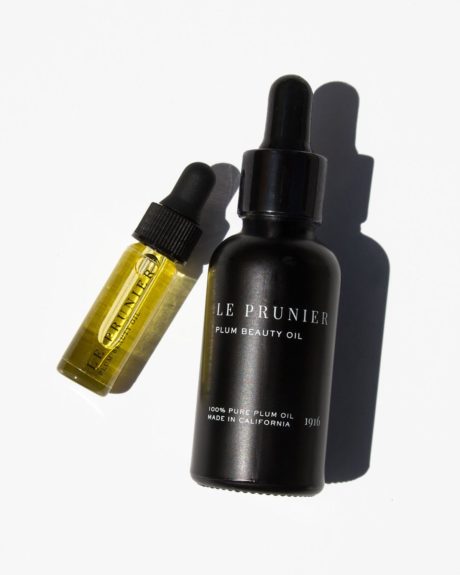
Though the entire formula relies on a single ingredient, Le Prunier’s best-selling beauty oil can be used as a multifunctional moisturizer. The fruit is supplied from a fourth-generation family farm and is made with recycled plums.
Korres plans to construct an in-store recycle lab in New York City in 2022, despite the fact that they already use 90% recyclable packaging and have collected over 25,000 pieces of plastic in less than a year at their recycle lab in Athens. The firm also helps over 1,000 Greek farming families by buying all of their plant materials from Greek farmers, extracting actives (often from already-discarded vineyard grapes) in a zero-waste facility, and returning any unused plant matter to the earth as fertilizer.
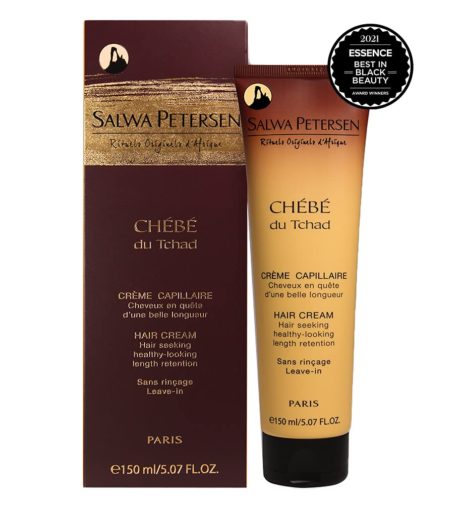
Salwa Peterson claims that 100 percent of the electricity she uses is green, 100 percent of the water she uses is “clean and returned to nature,” 100 percent of vegetable waste is composted, 100 percent of packaging is recyclable, and 100 percent of the paper she uses is FSC certified. The ladies who harvest the organic Chébé seeds for the line’s hair treatment are paid three times the local wage, and 2% of proceeds go to African Parks Network, which oversees 20 National Parks throughout the continent as part of a cooperation that has helped them achieve carbon-negative status technically.






